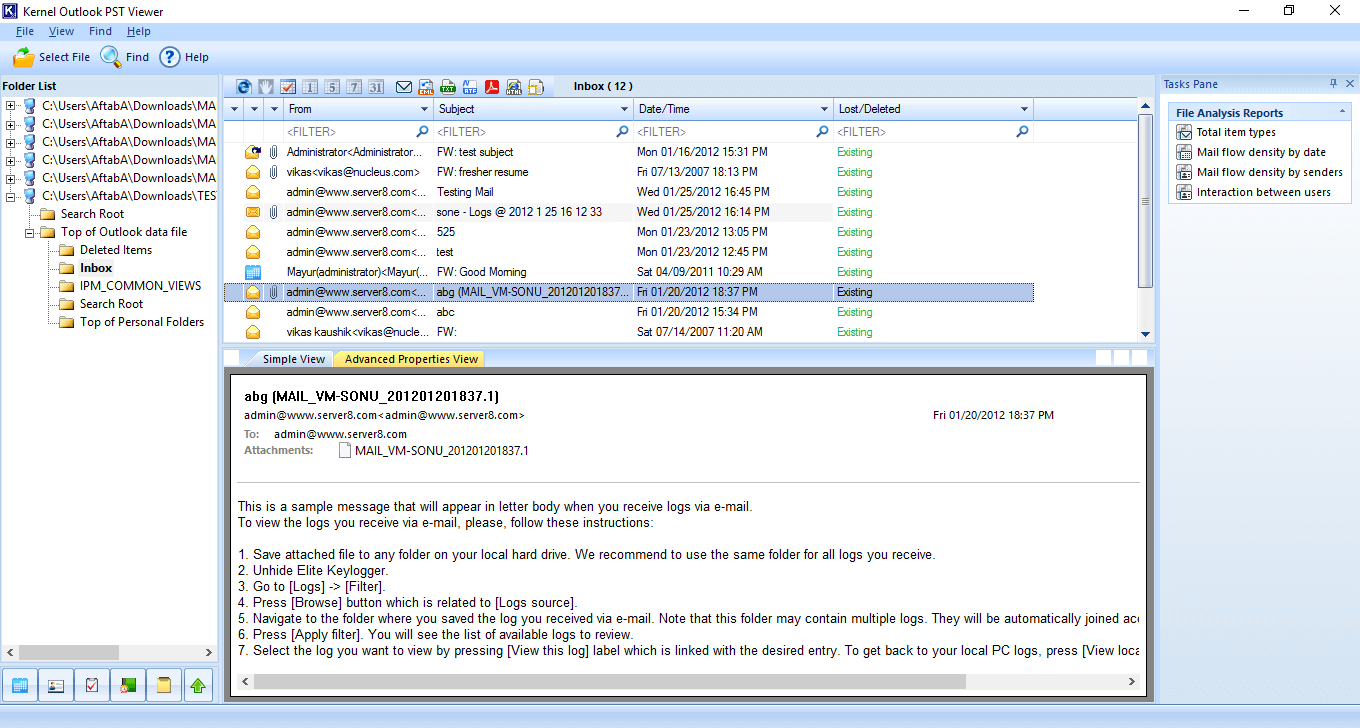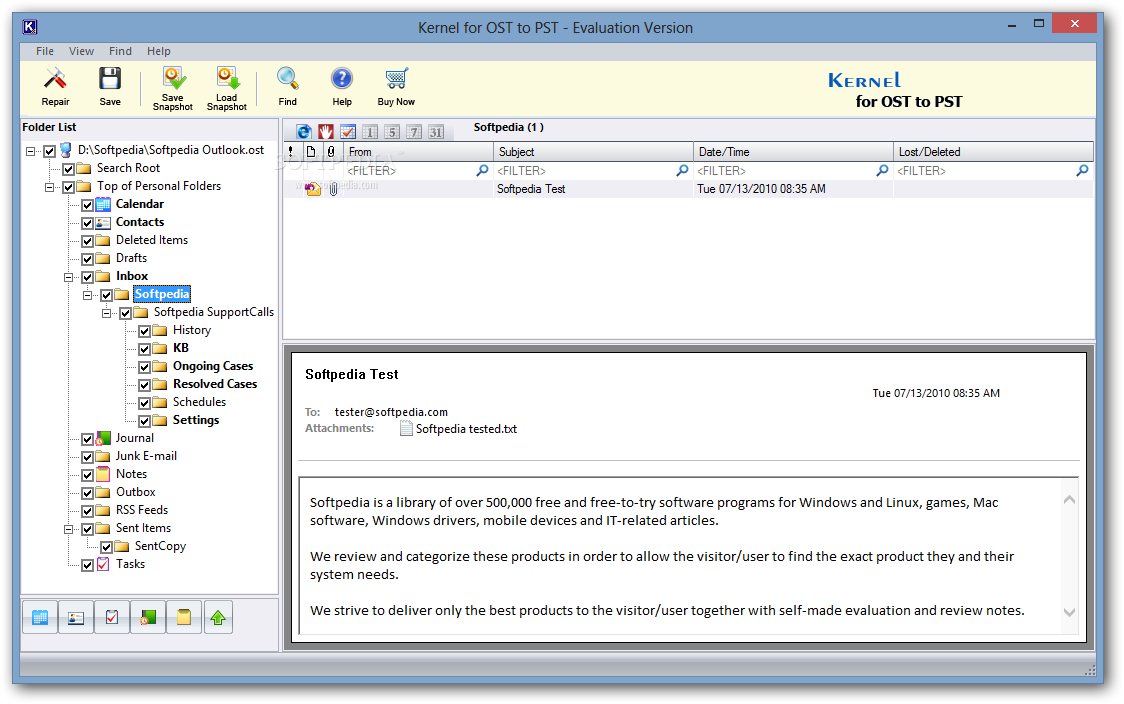

These methods and workarounds will help you to open and view the default OST file in another Outlook profile. MS Outlook creates two different data files based on the type of email account.įurther, it discusses steps to convert and view inaccessible, damaged, or orphaned OST file by using an OST converter software. It creates a Personal Storage Table or PST file for POP accounts and Outlook Storage Table or OST for IMAP and MAPI-based email accounts, such as Exchange. OST stores a local copy of mailbox items that are stored on the Exchange server, such as emails, attachments, contacts, tasks, notes, calendars, public folders, etc. It allows Outlook users to access their emails even when the system is disconnected from Exchange or offline.īy default, the OST file is encrypted with the MAPIEntryID GUID encryption key.

OST is created and encrypted when a user configures or adds the IMAP or Exchange account in Outlook. This encryption key is saved on the server and local system’s registry file. Thus, to access or view an OST file and its content by using Microsoft Outlook, you need to authenticate with valid user profile credentials. NOTE: If the account is removed from the server, the authentication may fail. In such a case, you can’t open or view OST by using Microsoft Outlook. And such OST files that belong to a deactivated or deleted IMAP or Exchange account are often referred to as Orphaned OSTs. However, you can open and view any inaccessible, orphaned, downloaded, or copied OST file directly without any authentication by using an OST to PST converter software, such as Stellar Converter for OST.īelow we have discussed different methods to open, view, and read OST file and mailbox items by using Microsoft Outlook.

If the current OST file does not open or an error, such as “The file xxx.ost is not an Outlook data file (.ost)”, is displayed, it indicates damage to the OST file.


 0 kommentar(er)
0 kommentar(er)
